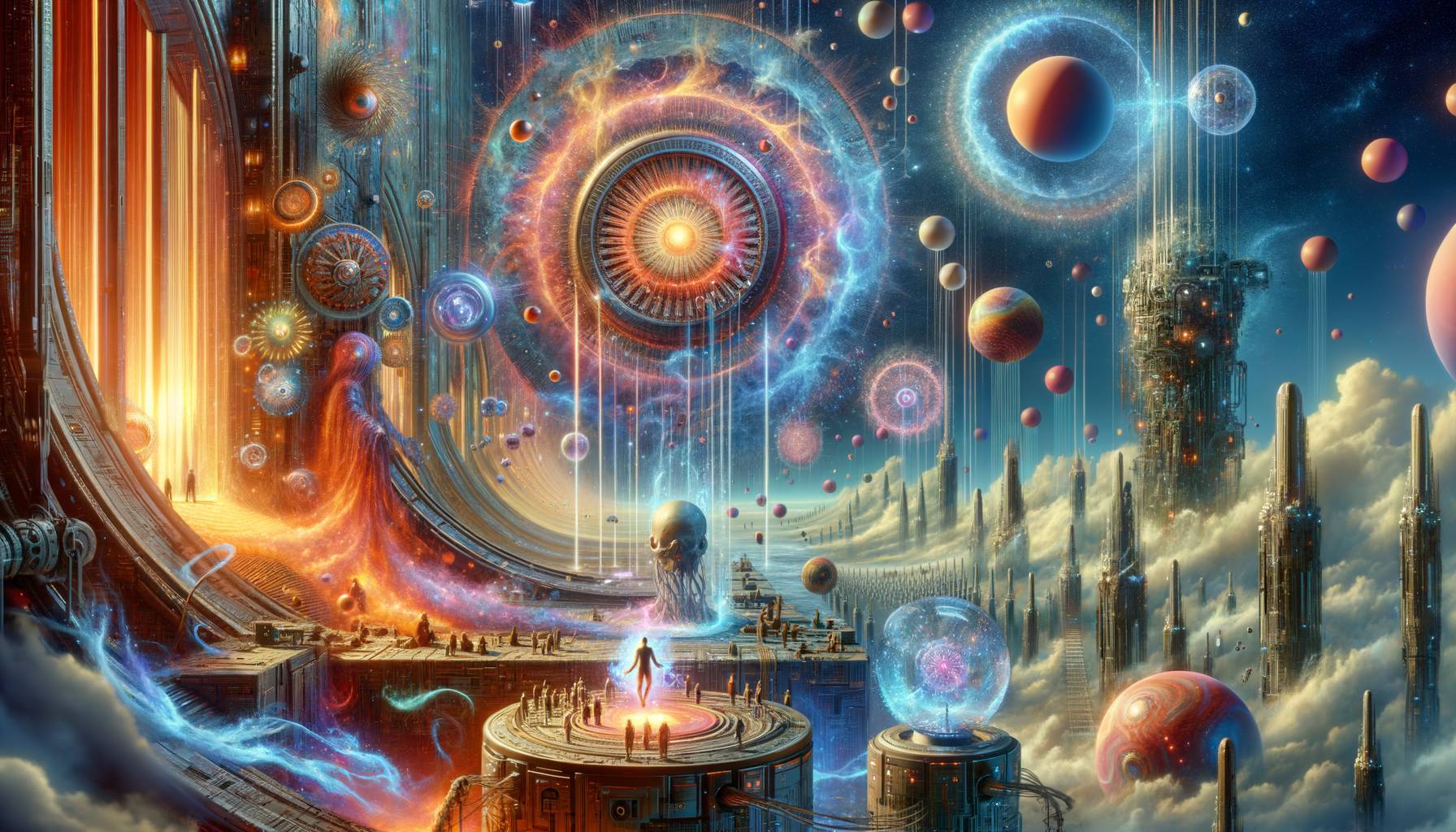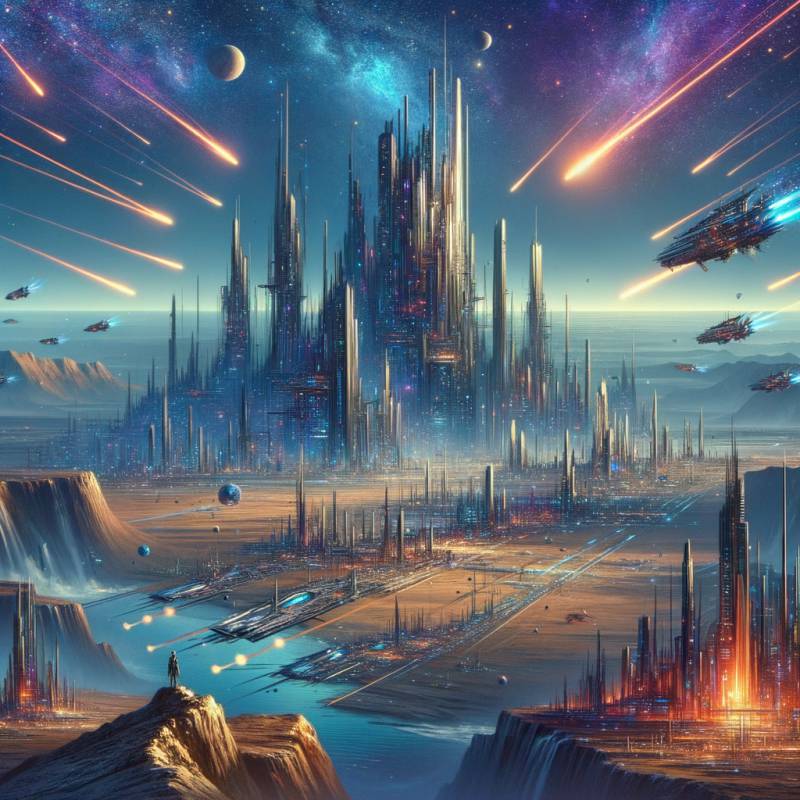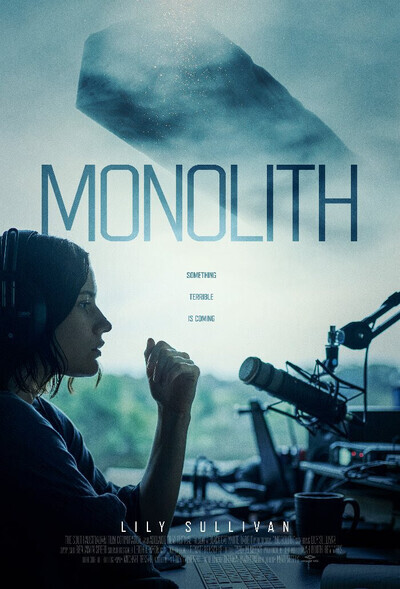Exploring the Evolution of Visual Effects in Sci-Fi Cinema
The art of science fiction, or sci-fi, is a genre that has always been at the forefront of innovation, pushing the boundaries of what is possible in cinema. The genre’s unique blend of imagination, technology, and storytelling has given birth to some of the most iconic visual effects in film history. These effects have not only shaped the genre but have also revolutionized the way we perceive and experience movies.
In the early days of sci-fi cinema, visual effects were rudimentary, often relying on practical effects and camera tricks to create the illusion of otherworldly phenomena. The 1902 film “A Trip to the Moon,” for instance, used painted backdrops, miniature models, and stop-motion animation to transport audiences to a fantastical lunar landscape. Despite its simplicity, the film’s innovative use of visual effects laid the groundwork for future sci-fi films.
As technology advanced, so did the visual effects in sci-fi cinema. The 1950s and 60s saw the introduction of new techniques like rear projection and matte painting, which allowed filmmakers to create more complex and realistic alien worlds. Films like “Forbidden Planet” and “2001: A Space Odyssey” used these techniques to stunning effect, creating visual spectacles that were unlike anything audiences had seen before.
However, it was in the 1970s and 80s that sci-fi cinema truly came into its own, thanks to the advent of computer-generated imagery, or CGI. This revolutionary technology allowed filmmakers to create visual effects that were previously unimaginable. The groundbreaking film “Star Wars” was one of the first to harness the power of CGI, using it to create epic space battles, alien creatures, and futuristic landscapes. The film’s success ushered in a new era of sci-fi cinema, one where the only limit was the filmmaker’s imagination.
Since then, CGI has become a staple of the genre, with films like “The Matrix,” “Avatar,” and “Inception” pushing the boundaries of what is possible with visual effects. These films have not only dazzled audiences with their stunning visuals but have also used these effects to enhance their storytelling, creating immersive worlds that serve as a backdrop for their narratives.
But while CGI has undoubtedly revolutionized sci-fi cinema, it’s important to remember that it’s just one tool in the filmmaker’s toolbox. Practical effects, miniatures, and makeup are still used in many sci-fi films, often in conjunction with CGI to create a more realistic and tactile feel. Films like “Blade Runner 2049” and “The Shape of Water” are testament to the enduring power of these traditional techniques, proving that sometimes, the old ways are still the best.
In conclusion, the evolution of visual effects in sci-fi cinema is a testament to the genre’s constant drive for innovation and creativity. From the rudimentary effects of the early 20th century to the cutting-edge CGI of today, each advancement has pushed the genre forward, opening up new possibilities for storytelling and world-building. As technology continues to evolve, there’s no telling what the future holds for sci-fi cinema. But one thing is for sure: whatever comes next, it’s sure to be a visual feast.
The Impact of Groundbreaking Sci-Fi Visual Effects on Modern Filmmaking

The art of science fiction is a mesmerizing blend of imagination, technology, and creativity. It’s a genre that has consistently pushed the boundaries of what’s possible in film, particularly in the realm of visual effects. The impact of groundbreaking sci-fi visual effects on modern filmmaking is profound, shaping not only the way stories are told but also how audiences perceive and interact with them.
The dawn of sci-fi visual effects can be traced back to the 1902 film “A Trip to the Moon,” where director Georges Méliès used innovative techniques like multiple exposures and time-lapse photography to create a fantastical journey to the lunar surface. This pioneering work laid the foundation for the genre, sparking a sense of wonder and curiosity that continues to drive sci-fi today.
Fast forward to the 1970s, and we see the release of “Star Wars,” a film that revolutionized the industry with its groundbreaking use of models, miniatures, and computer graphics. The visual effects team at Industrial Light & Magic, led by George Lucas, created a universe that was both fantastical and tangible, forever changing audience expectations. The iconic opening crawl, the epic space battles, and the lifelike droids were all made possible by these innovative visual effects.
In the 1980s, films like “Blade Runner” and “Tron” pushed the envelope further, introducing audiences to the concept of a digital world. These films used computer-generated imagery (CGI) to create stunning futuristic landscapes and virtual realities that were previously unimaginable. The neon-lit cityscapes of “Blade Runner” and the digital grid of “Tron” were not just visually stunning; they were integral to the narrative, setting the tone and mood of the films.
The 90s brought us “Jurassic Park,” a film that seamlessly blended practical effects with CGI to bring dinosaurs back to life. The film’s visual effects were so convincing that they sparked a renewed interest in paleontology and set a new standard for creature effects in film. The success of “Jurassic Park” proved that CGI could be used to create believable, lifelike creatures, paving the way for films like “Avatar” and “The Lord of the Rings” trilogy.
In the 21st century, films like “Inception” and “Interstellar” have continued to push the boundaries of what’s possible in sci-fi visual effects. These films use visual effects not just as a tool for spectacle, but as a means of exploring complex ideas and themes. The folding cityscapes of “Inception” and the black hole in “Interstellar” are not just visually stunning; they are integral to the narrative, helping to convey complex ideas about dreams and time dilation.
The impact of these groundbreaking sci-fi visual effects on modern filmmaking is profound. They have expanded the possibilities of storytelling, allowing filmmakers to create worlds and creatures that were previously unimaginable. They have also raised audience expectations, creating a demand for high-quality visual effects that look and feel real.
But perhaps most importantly, these visual effects have sparked a sense of wonder and curiosity in audiences around the world. They have inspired us to dream of distant galaxies, to imagine what lies beneath the ocean’s surface, and to ponder the mysteries of the universe. In this way, the art of sci-fi visual effects is not just about creating spectacle; it’s about inspiring imagination and curiosity, and that is a truly powerful thing.
The Artistry Behind Iconic Sci-Fi Visual Effects: A Deep Dive
The art of science fiction, or sci-fi, is a mesmerizing blend of imagination, technology, and creativity. It’s a genre that has consistently pushed the boundaries of what’s possible in film, and much of that innovation is due to the groundbreaking visual effects that have shaped and defined it.
Visual effects, or VFX, are the various processes by which imagery is created and manipulated outside the context of live-action shooting. They are integral to the sci-fi genre, creating the fantastical worlds, alien creatures, and futuristic technologies that have captivated audiences for decades.
The history of sci-fi visual effects is a testament to human ingenuity. In the early days of cinema, filmmakers used practical effects to create their visions of the future. For instance, the iconic spaceship in “A Trip to the Moon” (1902) was a painted cardboard cutout, and the film’s lunar landscapes were hand-painted sets. Despite their simplicity, these effects were revolutionary for their time and set the stage for the more advanced techniques to come.
As technology advanced, so did the artistry of sci-fi visual effects. The 1927 film “Metropolis” introduced the use of miniatures and matte paintings to create its towering cityscapes, a technique that would become a staple in the genre. Then came the advent of stop-motion animation, which brought creatures like the menacing King Kong to life in 1933.
The 1960s and 70s marked a golden age for sci-fi visual effects. The groundbreaking work of Douglas Trumbull on “2001: A Space Odyssey” (1968) and John Dykstra on “Star Wars” (1977) introduced audiences to the wonders of model-making and motion control photography. These films transported viewers to distant galaxies and alien worlds, forever changing our perception of what was possible in cinema.
The digital revolution of the 1990s ushered in a new era for sci-fi visual effects. Computer-generated imagery, or CGI, allowed filmmakers to create scenes and characters that were previously unimaginable. The liquid metal T-1000 in “Terminator 2: Judgment Day” (1991) and the breathtakingly realistic dinosaurs in “Jurassic Park” (1993) are prime examples of the power of CGI.
Today, the art of sci-fi visual effects is more sophisticated than ever. Advances in motion capture technology have enabled the creation of lifelike digital characters, such as Gollum in “The Lord of the Rings” trilogy and Caesar in the “Planet of the Apes” reboot series. Meanwhile, the use of virtual reality in films like “The Matrix” (1999) and “Ready Player One” (2018) has blurred the line between the physical and digital worlds.
The artistry behind iconic sci-fi visual effects is a testament to the limitless potential of human creativity. It’s a field that continually evolves, driven by the desire to push the boundaries of what’s possible in storytelling. As we look to the future, one thing is certain: the art of sci-fi visual effects will continue to captivate, inspire, and transport us to worlds beyond our wildest imaginations.



